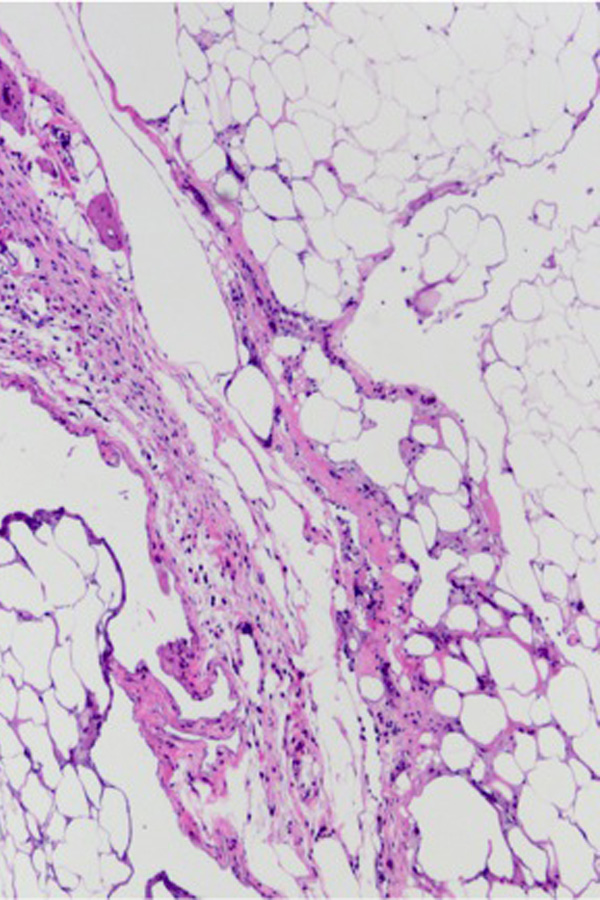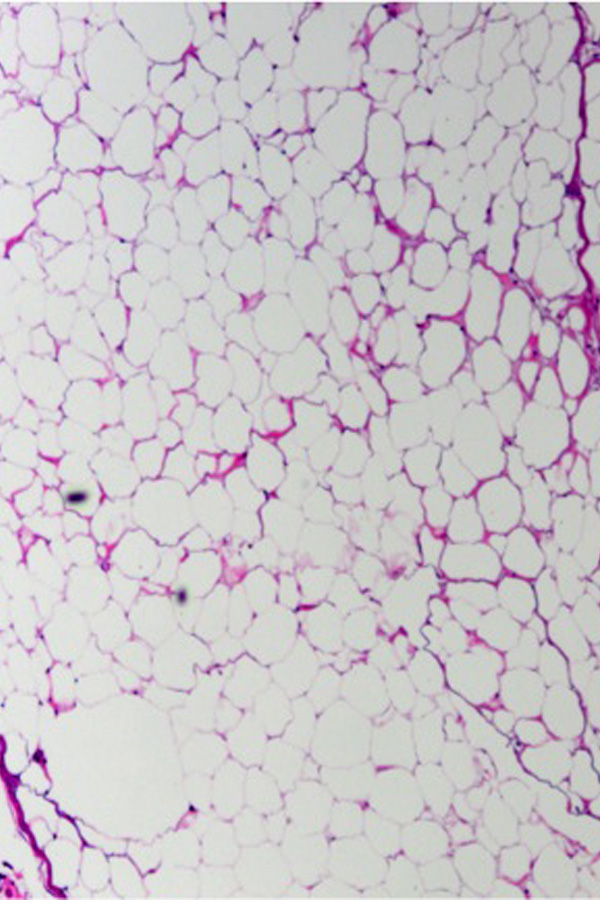|
Back to 2011 Posters
The Impact of Liposuction Cannula Size on Fat Graft Viability
John Kirkham, M.D., Jeffrey Lee, M.D., Miguel Medina, M.D., Michael McCormack, M.B.A., Mark Randolph, M.S., William G. Austen, Jr., M.D..
Massachusetts General Hospital, Boston, MA, USA.
BACKGROUND:
Autologous fat transfer (“fat grafting”) has been used for decades for soft tissue reconstruction. Unfortunately, long-term outcomes remain inconsistent. Fat grafting typically involves the harvest of adipose tissue with liposuction, isolation of the adipocyte fraction, and then syringe injection into recipient sites. Each step can cause mechanical damage to the graft tissue, resulting in variable outcomes and diminished graft survival. In particular, liposuction breaks aspirated adipose tissue into distinct globules and subjects it to shear forces, both of which can impact subsequent fat graft viability. The optimal liposuction cannula size for use in fat grafting is not known.
METHODS:
Paired lipoaspirate samples were collected from adult female patients undergoing elective liposuction of the abdomen and flanks with standard aspiration pressure (-25 in.Hg) and either a 3mm or 5mm standard blunt-tip liposuction cannula (Byron Medical). After collection, the lipoaspirates were washed with saline and then spun at 200g to isolate the adipocyte fraction. Aliquots of 1.00+/- 0.01 grams were injected into the bilateral flanks of nude mice with a 14-gauge catheter. At six weeks, these grafts were explanted and analyzed by weight and histology. Histologic analysis was performed blinded fashion by four independent investigators using a previously published scoring system.
RESULTS:
At six weeks, fat lobules in the 5mm group retained 25% more weight than those in the 3mm group (average +/- SD of 0.70 +/- 0.07 vs. 0.56 +/- 0.09 grams, n=24/group, p<0.01). Histologic analysis revealed more intact, nucleated adipocytes in the 5mm group than in the 3mm group (4.42 +/- 0.92 vs. 3.10 +/- 0.56 on a 1-5 rating scale). The 5mm group exhibited both less infiltrate (1.58 +/- 0.17 vs. 3.13 +/- 0.70) and less fibrosis (1.67 +/- 0.45 vs. 3.13 +/- 0.89) than the 3mm group. Representative slides demonstrating the average appearance for the 3mm group (Image 1) and the 5mm group (Image 2) are included.
CONCLUSIONS:
In this controlled model of fat grafting with either a 5mm or 3mm aspiration cannula, grafts in the 5mm group were 25% larger after six weeks (p<0.01). Histologic analysis demonstrated that grafts in the 5mm group contained more intact adipocytes, less infiltrate, and less fibrosis than the 3mm group. The superiority of grafts collected with a larger aspiration cannula may be due to decreased shear force during collection, increased fat globule size, or both. This finding has important implications for clinical applications of fat grafting and merits additional study.
 
Back to 2011 Posters
|









